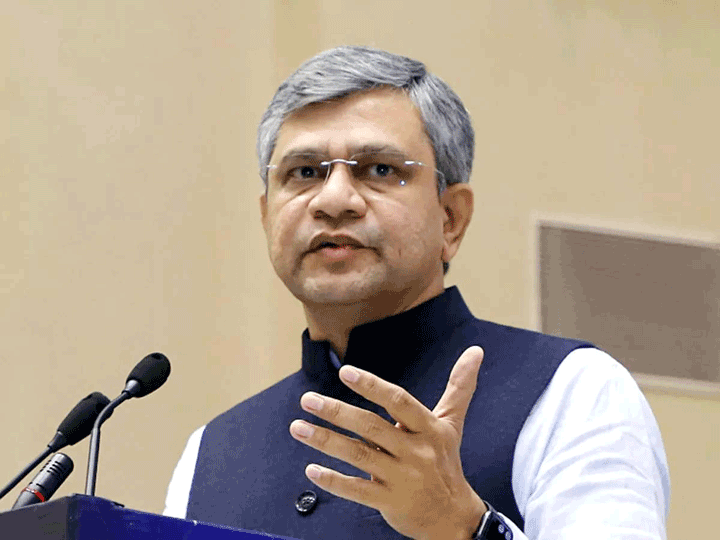China gives nod to 5G rollout amid simmering trade, tech tensions with US
China on Thursday gave its major state-owned companies the green light to start rolling out 5G services in its efforts to move ahead in the global race for setting up the super-fast telecommunications system, amid simmering tensions with the US over technology and trade.
Ministry of Industry and Information Technology (MIIT) on Thursday issued 5G commercial licenses to China Telecom, China Mobile, China Unicom and China Radio and Television. It means those carriers can start rolling out commercial 5G applications. They were given a license for testing at the end of last year.
5G is the next generation cellular technology with download speeds stated to be 10 to 100 times faster than the current 4G LTE networks.
The 5G networking standard is seen as a critical because it can support the next generation of mobile devices in addition to new applications like driverless cars.
Chinese officials say a comprehensive deployment of the network will help develop industrial manufacturing, internet-connected cars, healthcare, smart city management and Artificial Intelligence (AI).
The 5G technology will establish a high-speed, mobile, safe and widespread new-generation information infrastructure, MIIT Minister Miao Wei said at the license presentation ceremony.
The technology is expected to bring new opportunities and buoy the growth of China’s digital economy, Miao said, adding that it will accelerate the digital transformation of many industries, and will be more intensively used in sectors such as Industrial Internet and Internet of Vehicle.
The technology is expected to generate 10.6 trillion yuan (about $1.54 trillion) worth of economic output and over three million jobs between 2020 and 2025, according to a research report by the China Academy of Information and Communications Technology.
China, as always, welcomes enterprises at home and abroad to actively participate in the building, application and promotion of its 5G network and share the sector’s development dividends, the MIIT said.
The 5G is being tried in several places in China, including Tibet.
In March this year, Hongkou district in Shanghai city claimed to have become the first using both 5G coverage and broadband gigabit network.
Shanghai has developed what it claims to be the first district boasting both 5G coverage and a broadband gigabit network, state-run China Daily reported.
The 5G stations are being installed in different parts of the China including Tibet as part of Chinese telecom giant Huawei’s plans to lead the 5G trials despite the opposition.
Huawei has become a central part of a US-China power struggle which started out in trade, and is now being played out in the technology sector.
The US has encouraged allies to block Huawei – the world’s largest maker of telecoms equipment – from their 5G networks, saying the Chinese government could use its products for surveillance.
Huawei has denied official links with the Chinese government.
Huawei rejects this claim and says it is independent from the government.
Still, some countries including Australia and New Zealand have blocked Huawei from supplying equipment for 5G mobile networks.
Efforts by Washington to block Huawei escalated last month when the Trump administration put the company on its “entity list”, which prohibits US companies from trading with the firm unless they have a licence.
China also protested to the US over its efforts to extradite Huawei’s CFO Meng Wanzhou, who has been arrested in Canada to face prosecution for violations of US sanctions against Iran. Meng, daughter of Huawei owner Ren Zhengfei has been accused of for allegedly misleading banks about the company’s business dealings in Iran.
China and the US have also been fighting a trade war over the past year, imposing tariffs on billions of dollars of one another’s goods.











